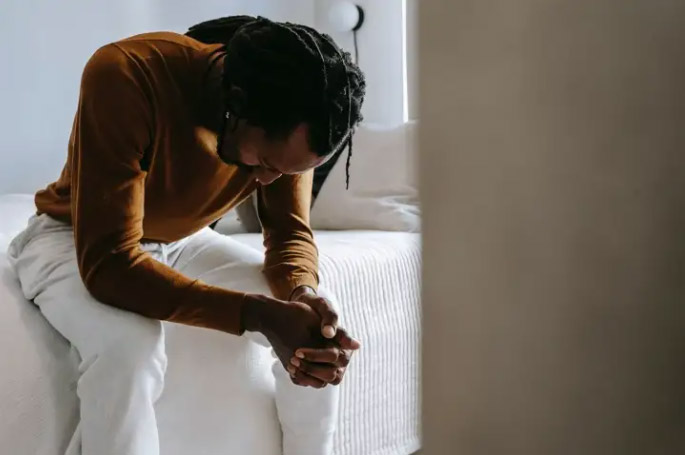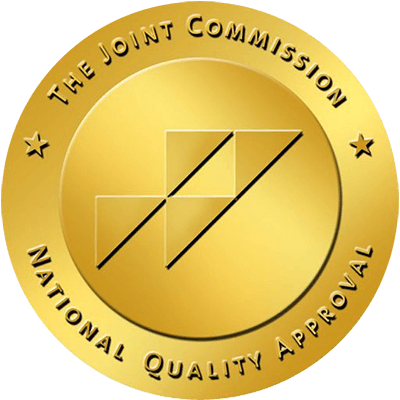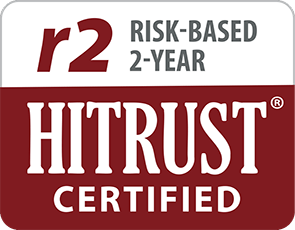Written by Brad Kittredge,
Brightside Health
6 Minute Read

Suicide prevention is the ideal challenge for telehealth to address, yet nobody is delivering crisis care virtually. Why?
While nearly every other leading cause of death in the US has decreased in the past 50 years, the rate of suicide has doubled. About 130 people die by suicide each day–approximately 1 death every 11 minutes. It is the second leading cause of death in adults under the age of 45 and the third leading cause of death for young people–except for children aged 10–14, for whom it is the second leading cause. In 2019, 9% of high school students reported attempting suicide in the past 12 months. For every suicide death, 27 people report attempting suicide, and another 275 people seriously consider it. Numbers like these are a sobering reminder that crisis care in this country is not yet where it needs to be.
Unfortunately, there is a growing shortage of clinicians available to treat these high-risk people, which means people are going without care at the moment they need it most–a problem with catastrophic consequences. In addition, people at risk for suicide are more likely to visit an ER or have an inpatient hospitalization.
This is an ideal challenge for telehealth to address. Yet, while virtual mental health care has improved access for those with mild-to-moderate symptoms, nobody is delivering crisis care virtually. Why? Because delivering the level of care required to treat suicidal individuals at scale is complex and requires the highest level of clinical rigor, robust supporting technology, and a large dose of humanity–a tall order, but something we can and must deliver on to get timely and effective crisis care to more people.
The shortcomings of virtual care
Historically, virtual care solutions have not been equipped to treat those with suicidal intent. They often lack the structure, clinical protocols, and oversight necessary to provide safe, effective treatment to people with severe symptoms.
Even at Brightside Health–where we are able to successfully treat a high volume of patients with severe symptoms (half our patients start with suicidal ideation)–we historically referred people with imminent risk to in-person treatment and facilitated the transition as needed. But we’ve realized that by referring out people with suicidal intent, we are failing to support so many people in need — including those in rural areas without anywhere else to go, low-income populations, or members of predominantly Black or Hispanic communities that have limited access to mental health care and provider shortages. While treating suicidal ideation is important, there is more we can and must do for those with active suicidal intent.
The population left behind
About a year ago, I met an executive from one of the major suicide advocacy nonprofits at a conference. She is a passionate leader who lost a brother to suicide. And while she truly appreciated our commitment to safety, she expressed her frustration that patients with suicidal intent still have an extremely difficult time finding fast, effective care.
Think about it. It’s hard enough for people with non-urgent mental health needs to find access to care. More than 60% of counties in the United States do not have a single psychiatrist, and for those that do, the average wait time can be upwards of 25 days. On top of that, providers often shy away from treating people with suicidal intent, making these people feel like a burden–repeatedly turned away or passed from one provider to another. As a result, the people most in need of timely care often can’t get it.
Shortly after this conversation, I spoke with our Chief Medical Officer Mimi Winsberg, MD, who leads our clinical programs at Brightside Health. Dr. Winsberg is a Stanford-trained psychiatrist with over 25 years of experience and was previously the on-site psychiatrist at the Facebook Wellness Center. After a long conversation, we decided to rethink how we could support this population: With all the advancements we’d made, were we ready to develop a program to safely and effectively treat people with active suicide risk virtually?
The solution: Crisis Care with a proven clinical intervention
Working with our clinical leadership team and outside experts, Dr. Winsberg concluded that we could deliver crisis care in a virtual environment using Collaborative Assessment and Management of Suicidality (CAMS). This therapeutic framework helps patients understand and manage suicidal thoughts and behaviors, opening the door for Brightside Health to offer timely and effective treatment to people with active suicide risk.
With CAMS at its core, later this month, Brightside Health is launching Crisis Care–a program that enhances access to specialized care for individuals who are actively suicidal and/or have had a recent suicide attempt.
Everything we do at Brightside Health is evidence-adherent, and our upcoming Crisis Care program is no exception. We looked for the gold standard approach with proven results and found it in CAMS — one of a handful of evidence-based treatments recognized by the Joint Commission, the CDC, Zero Suicide, and the Surgeon General. Based on 30 years of ongoing clinical research and five randomized controlled trials, CAMS has proven to decrease suicide attempts and self-harm behaviors, and reduce suicidal ideation, in as few as 6 to 8 sessions.
Looking ahead with Crisis Care: What a virtual program entails
We’ve built our Crisis Care program around CAMS to enhance access to specialized care for people who are actively suicidal, have had a recent suicide attempt, require team-based care, or are in need of follow-up care after hospitalization.
Treatment delivery will be entirely virtual, using our telehealth platform to facilitate multiple and frequent touchpoints, weekly sessions with a therapist, remote patient monitoring, and provider messaging between sessions–as well as psychiatry services. It also removes many potential barriers for those with suicidal intent, such as garnering the motivation to leave home, traveling to the clinic, or taking time off work or other obligations to attend appointments between 9am and 5pm. Care is at people’s fingertips, with support every step of the way.
Crisis Care will serve individuals with intermediate acute risk, including those who are stepping down from a more intensive level of care, high utilizers of emergency services, and those at increased risk of readmission. This program will deliver medically necessary care to patients who are often excluded from outpatient treatment (both in-person OR telehealth) because of risk yet fall short of requiring emergency services or an inpatient psychiatric admission. The program will also provide continuity of care, which is critical for preventing adverse consequences post discharge.
At Brightside, we are committed to getting people the life-changing care they need to overcome suicidal thoughts. In addition to the call to arms we feel as a virtual mental health care provider, this is a personal mission, as two of our co-founders lost a parent to suicide. We look forward to updating you on Brightside Health’s Crisis Care program when it launches later this month.
Interested in learning more about how Brightside Health can help you offer life-changing mental health care, including for the most severe cases? Visit us at www.brightside.com/partnerships, or reach out directly at [email protected].
Article originally published on Medium.
Get in Touch




